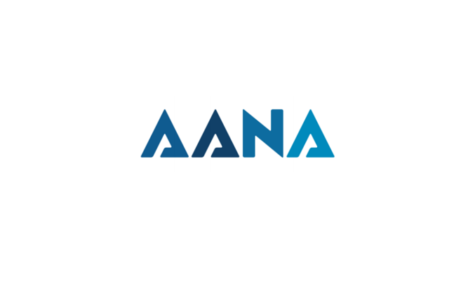Marketer body repurposes US guidelines for media agency-advertiser relationships for Australia
The Australian Association of National Advertisers (AANA) has adapted a US code of conduct for the local market to help marketers manage their media agency relationships in the wake of local and international revelations on transparency.
The new code has been adapted from the one released by the US-based marketer association, ANA, four months ago, after a damning report found “non transparent practices” were “pervasive” in the media agency sector.
Earlier this year the AANA came under fire for its failure to take action over marketer concerns they are being overcharged in areas such as digital media, after the move by the ANA and its UK equivalent ISBA, with one marketing consultant claiming it faced a conflict of interest because it allows media agencies to be members of the association.



We congratulate the AANA for getting on board the global trend towards increased media transparency for advertisers. Following in the steps of the ANA and ISBA provides guidance to advertisers across Australia. We hope this is simply the first step in what needs to be an on-going commitment to the management of the transformation of the media industry in this country.
Fair call @DarrenWoolley. But it appears that the AANA weren’t being inactive on the transparency issue (as you opined), they just didn’t require your services.